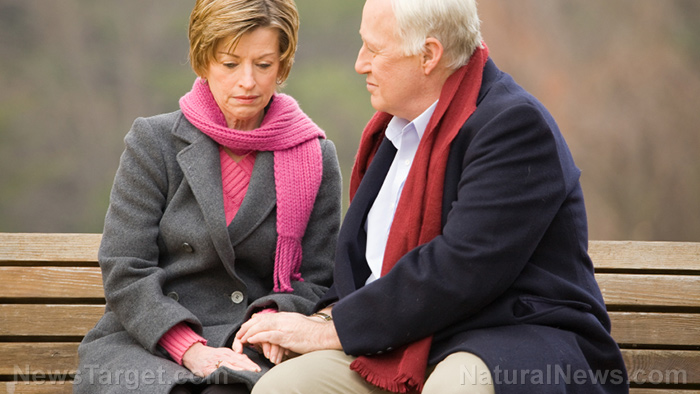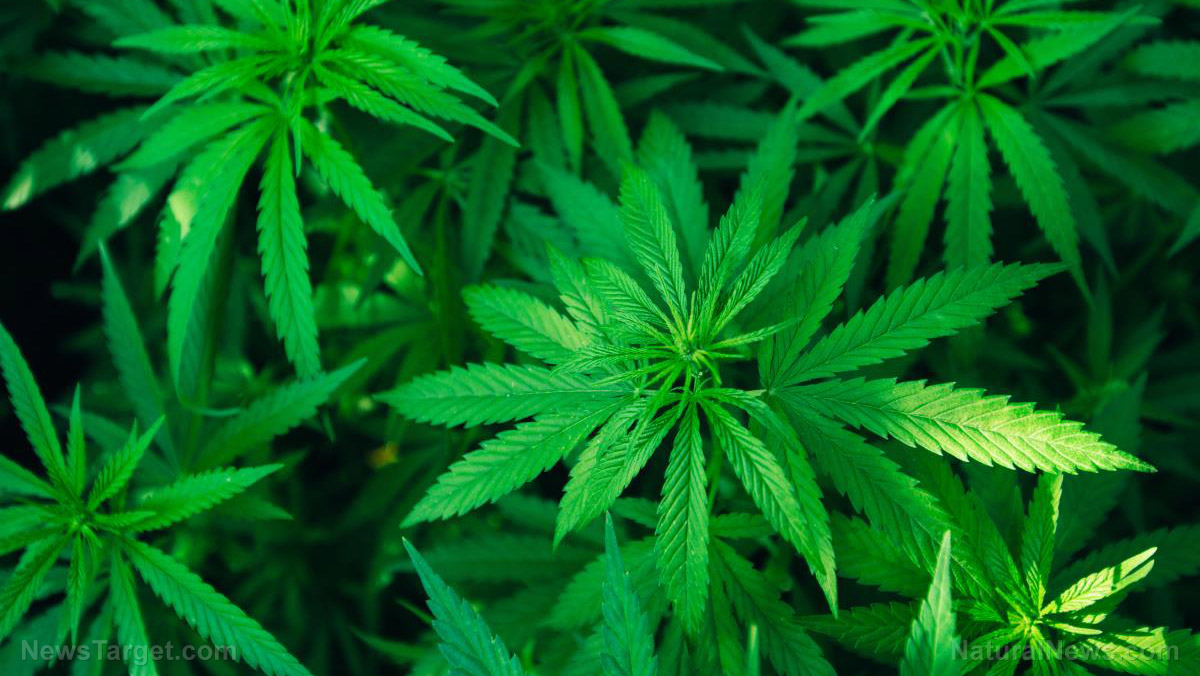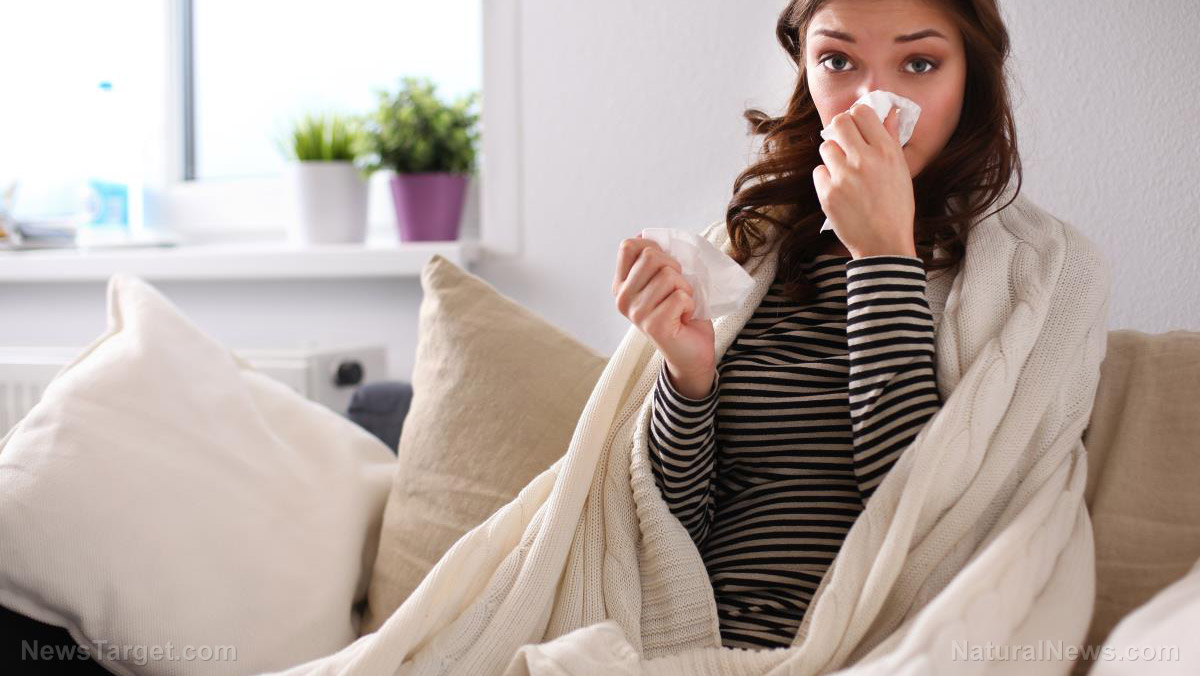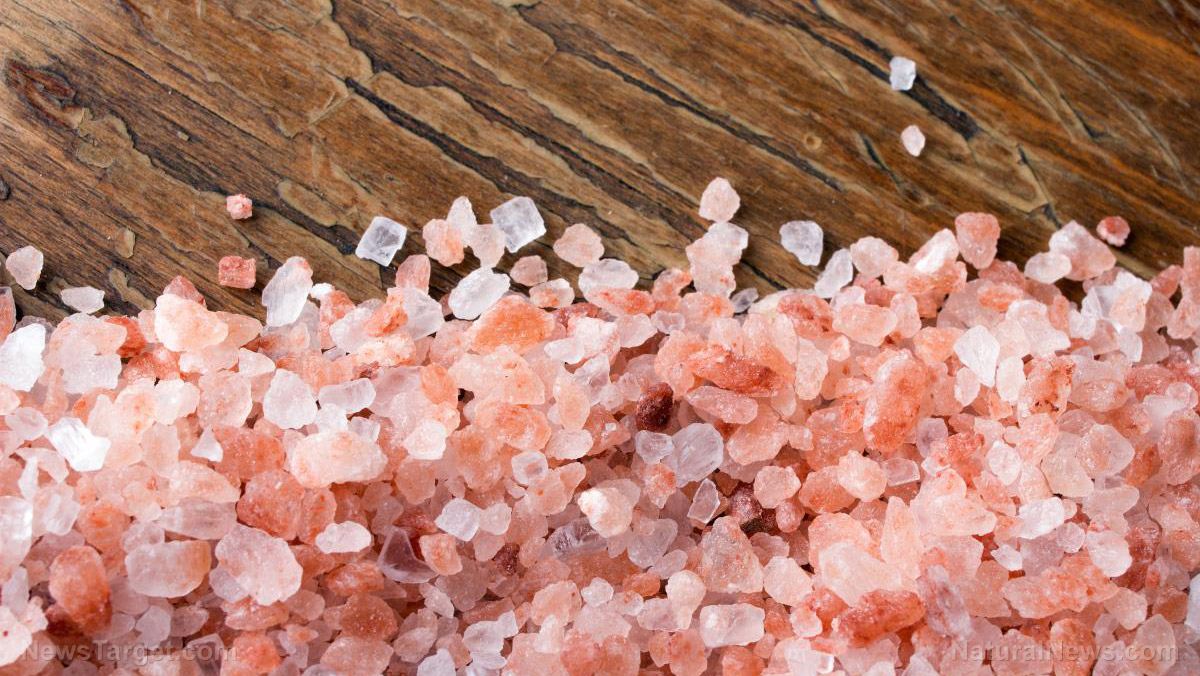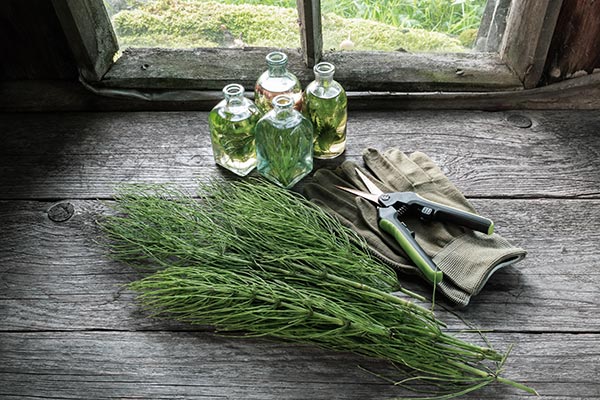Exercise is just as, and sometimes even more, effective than drugs for treating high blood pressure
04/04/2019 / By Michelle Simmons
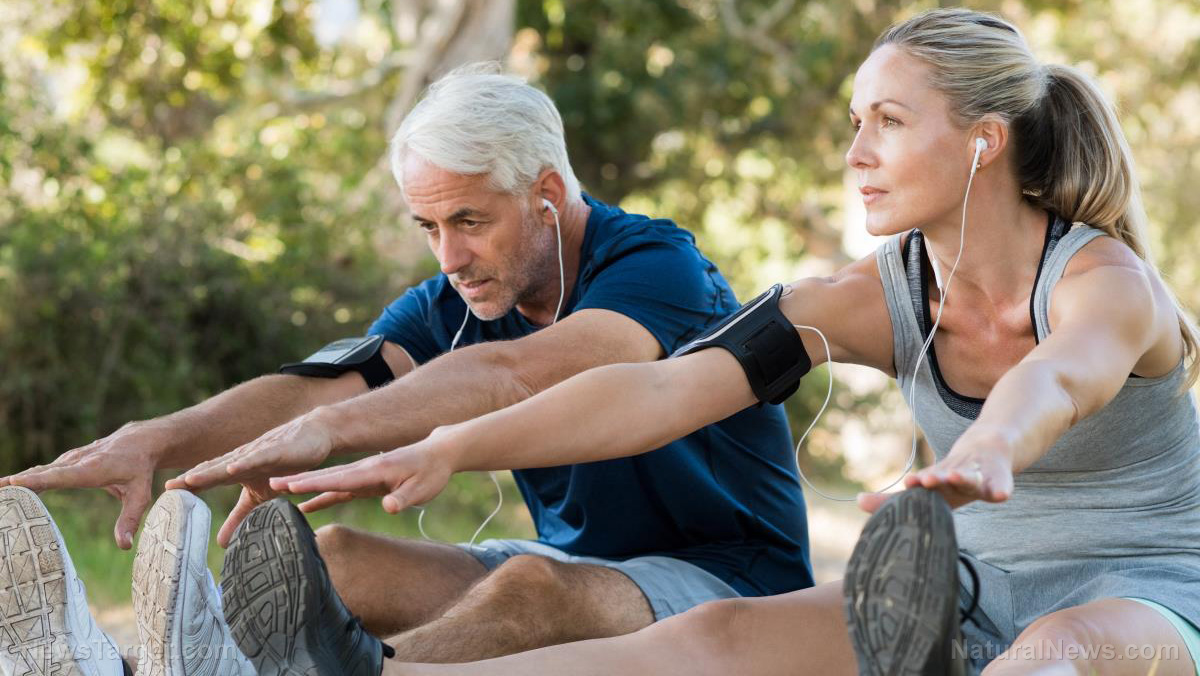
People who have high blood pressure, also known as hypertension, are at a higher risk of developing chronic illnesses, many of which can lead to early death. Regular exercise is believed to be one of the best ways to control high blood pressure, and a review of studies reports that it may be as, and sometimes even more, effective than drugs in lowering high blood pressure.
In this paper, which was published in the British Journal of Sports Medicine, the researchers sought to determine how exercise compares with blood pressure-lowering drugs. Therefore, they gathered the data from 194 clinical trials that examined the effect of drugs on lowering systolic blood pressure and 197 trials that looked at the effect of structured exercise. Overall, these trials involved 39,742 people.
Structured exercise was categorized into four: endurance, which included walking, jogging, running, cycling and swimming, and high-intensity interval training (HIIT); dynamic resistance, such as strength training exercises; isometric resistance like the static push-up; and a combination of endurance and resistance.
The researchers carried out three sets of analyses. First, they compared all types of exercises with all classes of blood pressure-lowering drugs. Second, they compared different types of exercise with various types of drugs. Third, they compared the different intensities of exercise with different drug doses. Most of these trials included young healthy participants with normal blood pressure. Then, they repeated these analyses but in a group of exercise trial that included only participants with high blood pressure.
After analyzing all pooled data, the researchers found that blood pressure was lower in people who used drugs compared to those who followed structured exercise programs. However, when the analyses were restricted to those with high blood pressure, exercise appeared to be as effective as most drugs. Furthermore, the effectiveness of exercise was greater in those with higher blood pressure. In addition, they found that combining endurance and dynamic resistance training was effective in lowering systolic blood pressure. (Related: Why exercise is important for people with high blood pressure.)
How exercise helps lower your blood pressure
Your risk of having high blood pressure increases as you age, but with regular exercise, you can help it prevent from rising in the future. Regular exercise helps lower your blood pressure by making your heart stronger. When your heart is stronger, it does not spend much effort on pumping blood. As a result, the force on your arteries decreases, which lowers your blood pressure. In addition, regular exercise also helps you maintain a healthy weight, which is another way to regulate blood pressure.
Becoming more physically active takes time and effort. You have to exercise regularly for about one to three months to reap its benefits on your blood pressure. The benefits will last as long as you keep on exercising.
Antihypertensive drugs recalled for containing cancer-causing substances
Exercising more not only lowers your systolic blood pressure but also reduces your need for blood pressure-lowering drugs. These drugs do more harm than good. In fact, the U.S. Food and Drug Administration (FDA) recently recalled losartan, a blood pressure drug, after finding trace amounts of N-Nitroso N-Methyl 4-aminobutyric acid (NMBA), which is listed as a potential human carcinogen.
In the past year, hundreds of drug lots have been recalled. The recalls center on angiotensin II receptor blocker (ARB) drugs, including losartan, valsartan, and irbesartan. NMBA is the third type of carcinogen found in blood pressure drugs that were then recalled. Cancer-causing chemicals known as N-nitrosodimethylamine (NDMA) and N-nitrosodiethylamine (NDEA) were previously found in products containing ARB drugs.
Read more news stories and studies on preventing diseases with regular exercise by going to Naturopathy.news.
Sources include:
Submit a correction >>
Tagged Under:
alternative medicine, blood pressure, cardiovascular disease, cardiovascular health, exercise, heart health, high blood pressure, hypertension, natural cures, natural healing, natural medicine, natural remedies, physical activity, prevention, research
This article may contain statements that reflect the opinion of the author
RECENT NEWS & ARTICLES
COPYRIGHT © 2017 NATUROPATHY NEWS

